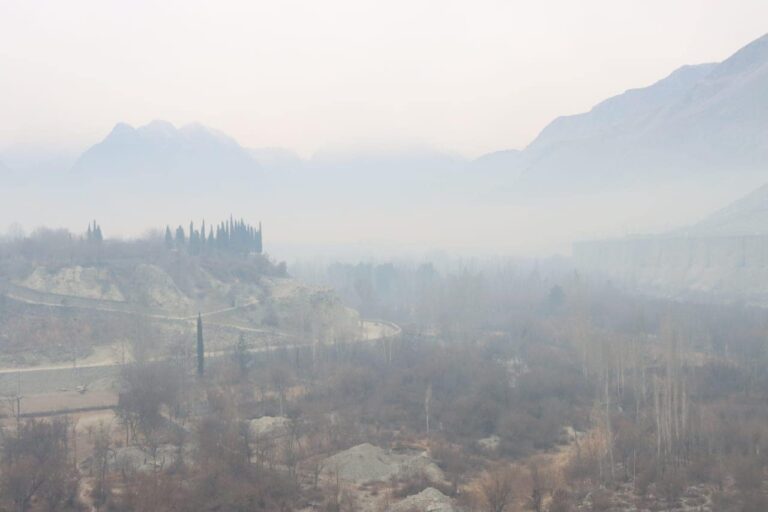Introduction:
The Pacific Northwest of North America witnessed a rare heatwave in late June 2021 that set numerous temperature records. This heatwave served as a strong reminder of the need for immediate action to address the underlying causes of climate change and to put adaptation measures in place to lessen the effects of future high heat occurrences. The causes, effects, and urgent measures required to manage the heatwave in the Pacific Northwest of North America will all be covered in this article.
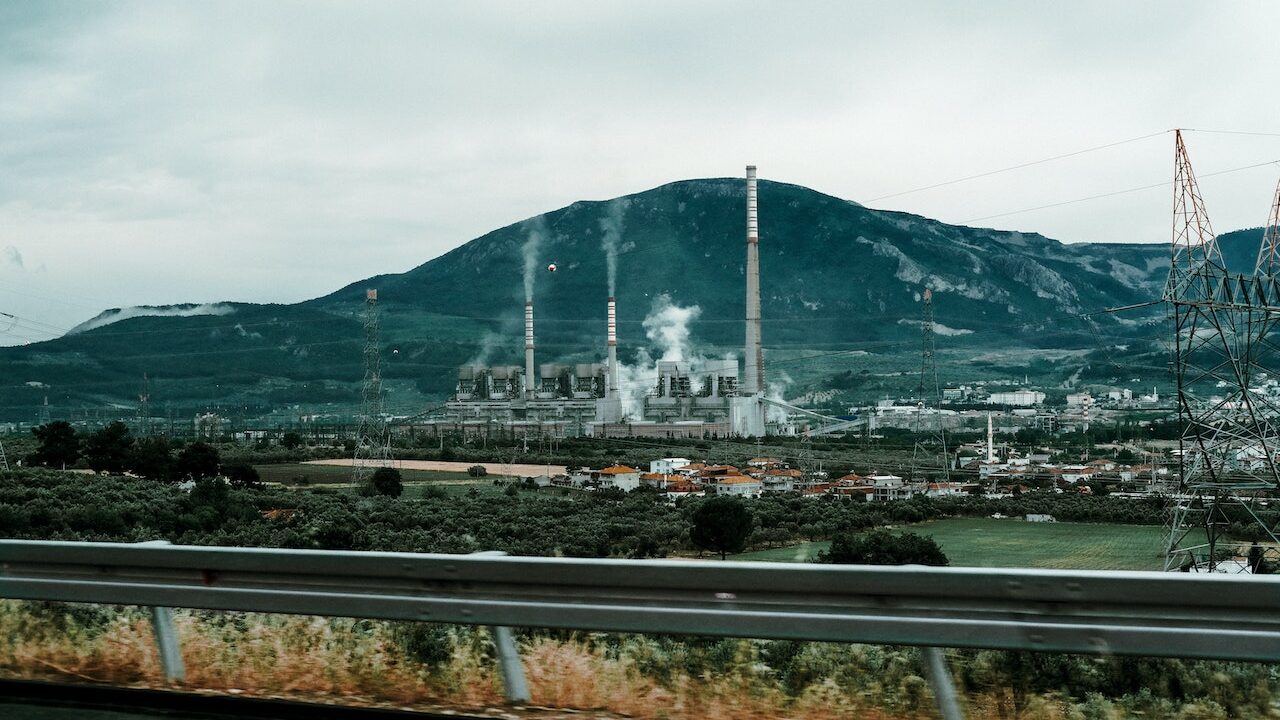
Causes of the Heatwave
A number of reasons contributed to the heatwave, including weather patterns, human-caused climate change, and a dome of high-pressure air that prevented the region’s normal cooling mechanisms from working. Climate change brought about by human activity has raised ambient temperatures and increased the likelihood of extreme heat occurrences. The region’s normally cooling winds, which originate from the ocean, were obstructed by weather patterns that produced an abnormally high pressure system. Due to the interaction of these elements, there were many days of intense heat, with some places experiencing temperatures as high as 116°F.
Human-Caused Climate Change
Greenhouse gas emissions from human activities like the burning of fossil fuels, deforestation, and agriculture are what drive climate change. Global temperatures rise as a result of these pollutants because they trap heat in the atmosphere. The effects of climate change are not limited to the Pacific Northwest of North America. The U.S. Global Change Research Programme reported that the area has had a 1.5°F rise in temperature since the turn of the 20th century. Among other effects, this rise in temperature has caused a decrease in snowpack, an increase in wildfire activity, and ocean acidification.
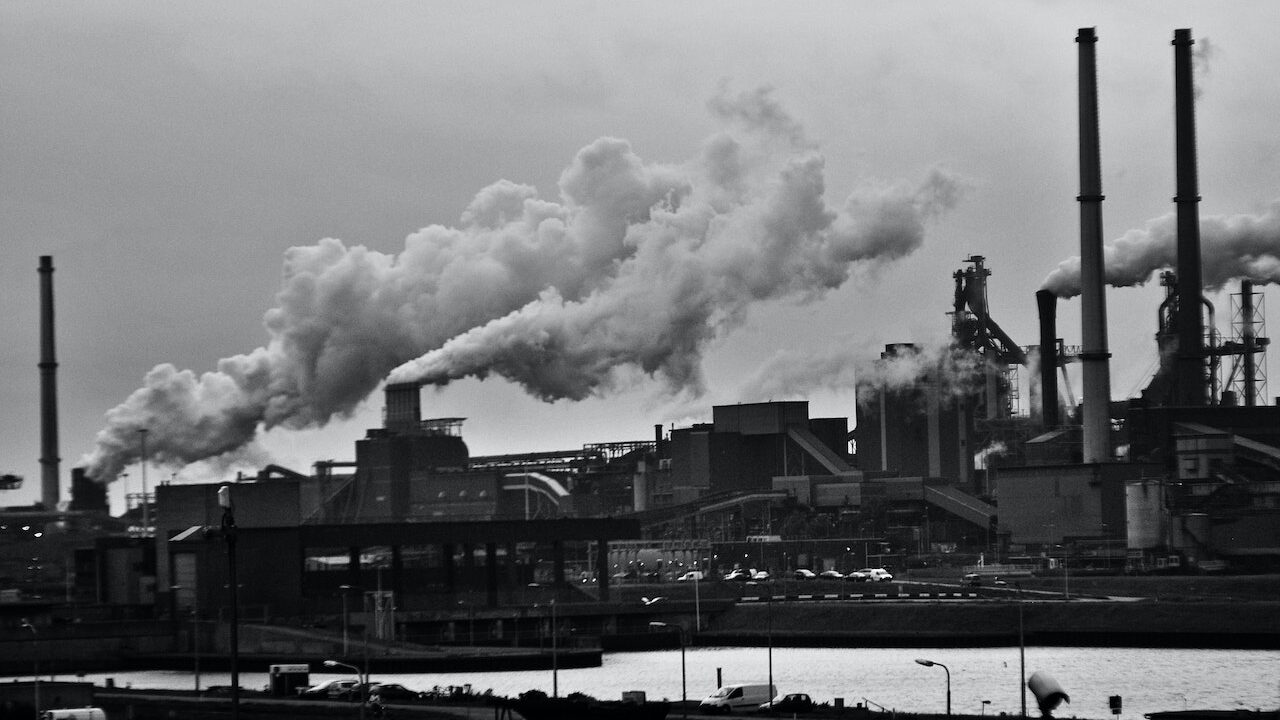
Weather Patterns
The heatwave was also influenced by weather patterns. The area usually benefits from cooling ocean winds blowing in, but due to the high-pressure system, these winds were blocked, which led to many days of extremely high temperatures. A prolonged high-pressure ridge in the atmosphere that prevented colder air from reaching the area was what led to the high-pressure system.
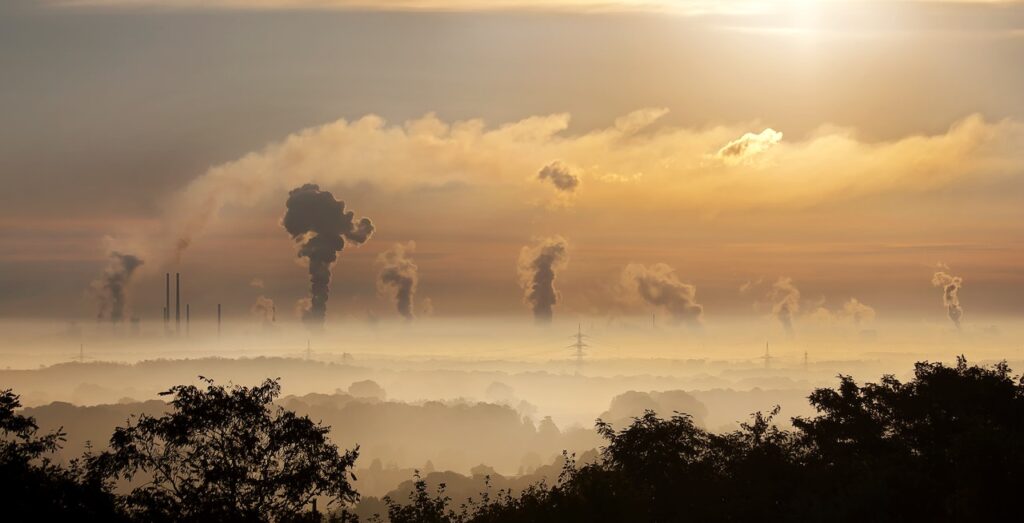
Impacts of the Heatwave
The Pacific Northwest’s environment and people’s health and well-being were both significantly impacted by the heatwave. Among the effects of the heatwave are the following:
Health Impacts
The danger of heatstroke and other heat-related ailments rose due to the heatwave, especially for vulnerable groups including the elderly and low-income areas. Over 100 people died in Oregon alone as a result of the heatwave, according to the Oregon Health Authority. The number of ailments brought on by the heat was overwhelming hospitals, and emergency services were overburdened.
Infrastructure Impacts
Infrastructure, including electrical systems, was impacted by the heatwave. Electricity demand soared as many turned on their air conditioners to escape the oppressive heat. Because of the increased demand, some places experienced rolling blackouts that left residents without electricity for a long time.
Environmental Impacts
The heatwave also had an impact on the natural environment. Because of the dry and hot circumstances, the risk of wildfires has increased. During the heatwave, over 50 significant wildfires were burning in the western United States, according to the National Interagency Fire Centre. These wildfires not only endanger human settlements, but they also have long-term ecological consequences.
Urgent Actions Needed
The recent heatwave in the Pacific Northwest serves as a strong reminder of the need for immediate action to address the underlying causes of climate change and to put adaptation strategies in place to lessen the effects of future severe heat occurrences. Some of the urgent measures required to combat the heatwave include the following:
Reduce Greenhouse Gas Emissions
In order to address the underlying causes of climate change, greenhouse gas emissions must be reduced. This may be accomplished by switching to renewable energy sources like solar and wind power and by putting in place energy-saving tools and procedures. In order to encourage businesses to lessen their carbon impact, governments can also introduce measures like carbon pricing or emissions trading programmes.
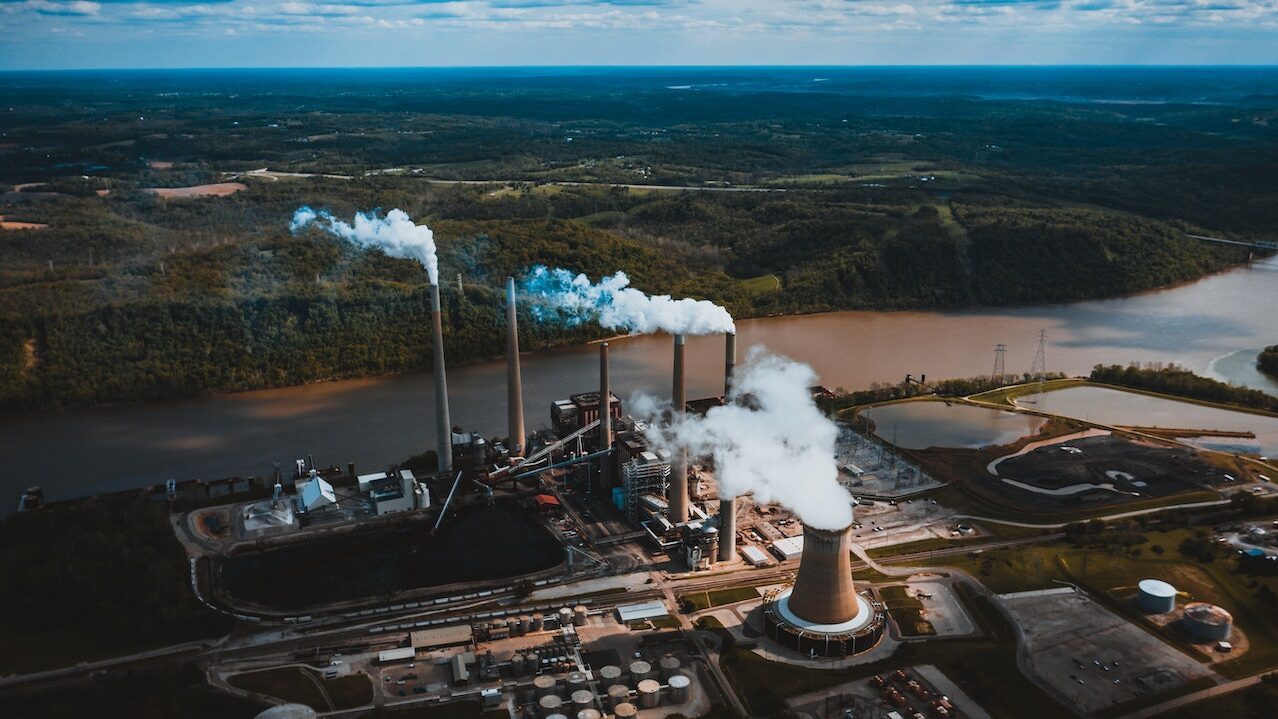
Reduced greenhouse gas emissions can also result from individual activities. For instance, a person’s diet may drastically lower their carbon footprint if they consume less meat and opt for plant-based alternatives. Additionally, avoiding driving a car altogether by using the bus, bicycling, or walking helps cut down on transportation-related emissions.
The improvement of building energy efficiency is a crucial component in lowering greenhouse gas emissions. By using energy-efficient appliances, enhancing insulation, and modernizing HVAC systems, this may be accomplished. The carbon footprint of buildings may be decreased by using eco-friendly building materials like bamboo or recycled materials.
In addition to lowering greenhouse gas emissions, adaptation strategies are required to foresee and lessen the already unavoidable effects of climate change. These steps may entail strengthening water management systems, employing drought-resistant agricultural techniques, and constructing sea walls and other protective infrastructure in coastal locations.
It’s critical to remember that climate change is a global problem that calls for cooperation and action on a global scale. 196 nations ratified the Paris Agreement in 2015, which aims to keep global warming to far below 2 degrees Celsius. The foundation for cooperation among nations to cut greenhouse gas emissions and prepare for the effects of climate change is laid out in this agreement.
Conclusion
In summary, climate change is a complicated and serious subject that calls for participation from all spheres of society, including people, governments, and international organisations. While reducing greenhouse gas emissions is essential to addressing the underlying causes of climate change, adaptation strategies are also required to get ready for the already unavoidable effects. It is up to each and every one of us to do our part to address this urgent global problem and build a sustainable future for both current and future generations.

